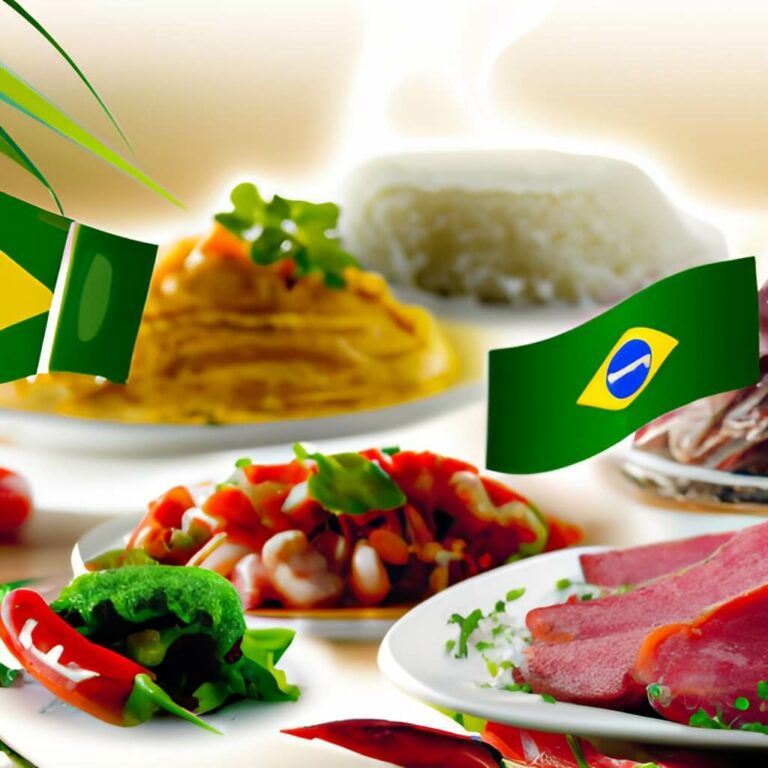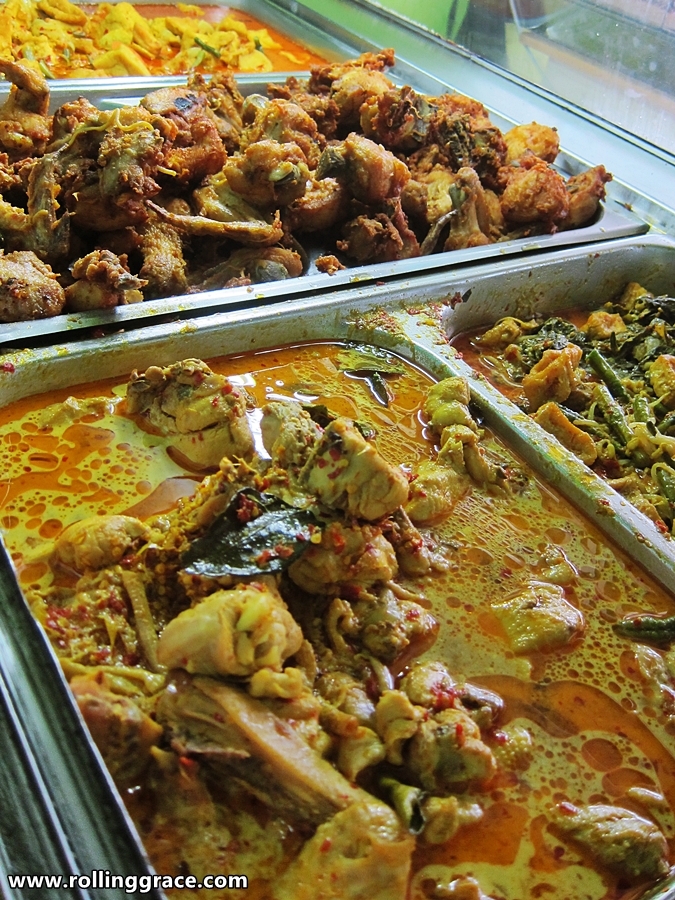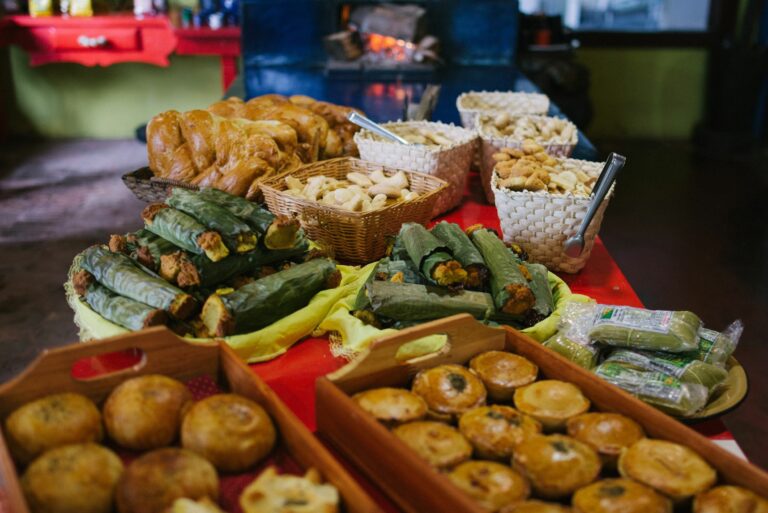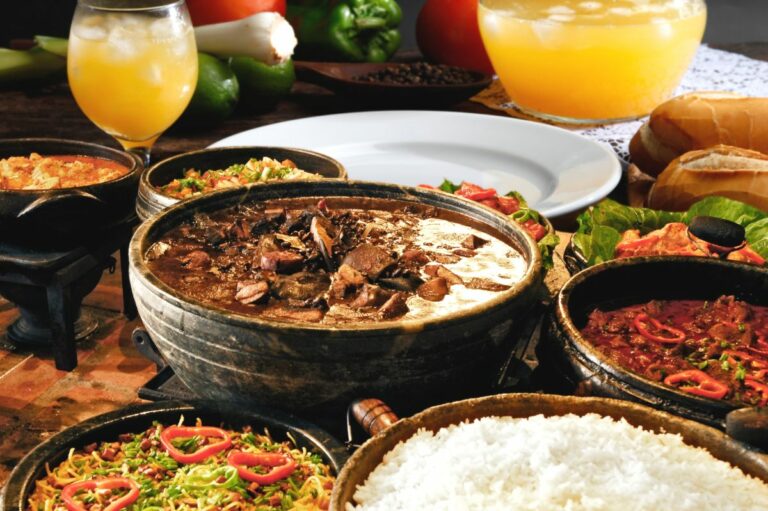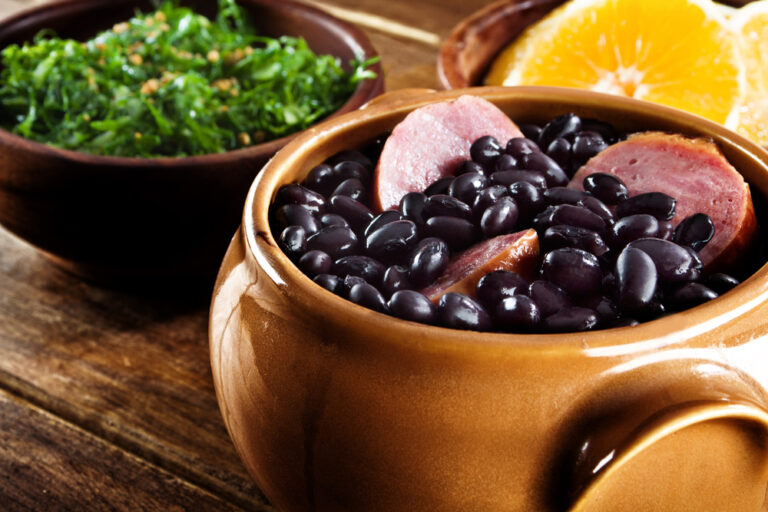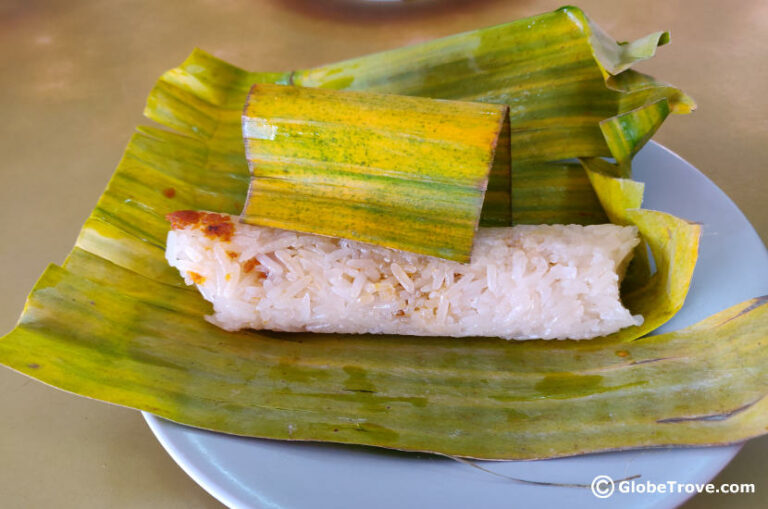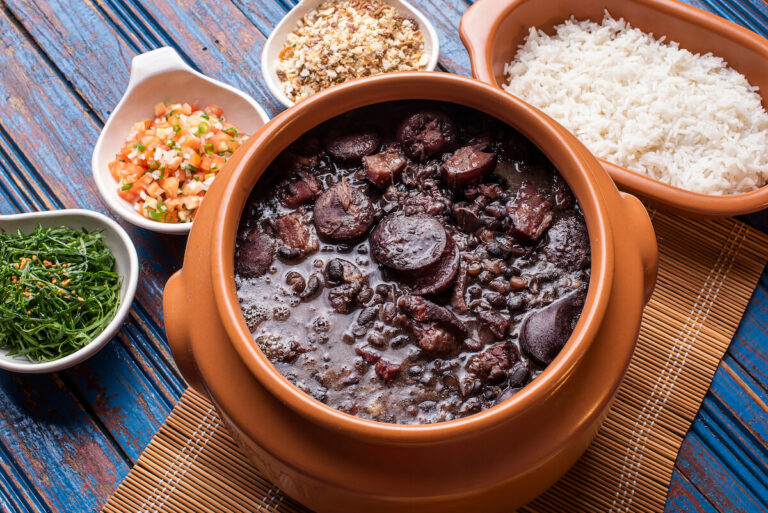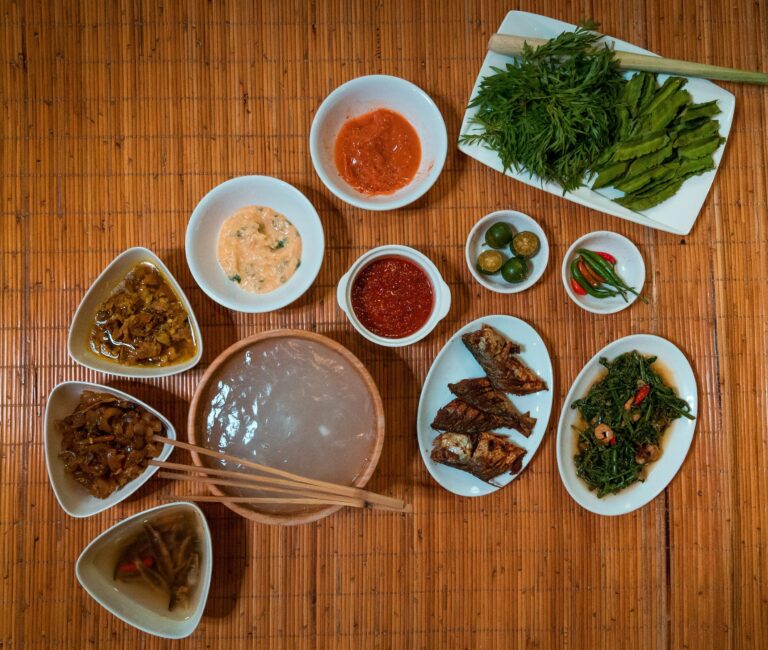Introduction: Brazilian cuisine
Brazilian cuisine is a vibrant fusion of various cultural influences including indigenous, African, and Portuguese. The cuisine has a unique blend of flavors, ingredients, and cooking methods that make it stand out in the culinary world. Brazilian cuisine is known for its use of spices, tropical fruits, and seafood, making it a popular choice among food lovers.
The influence of indigenous people on Brazilian food
The indigenous people of Brazil have had a significant impact on the country’s cuisine. They introduced a variety of ingredients such as cassava, corn, and peanuts. These ingredients have become an essential part of Brazilian cuisine. The indigenous people also had a unique way of cooking using clay pots, which is still prevalent in some parts of Brazil today.
The role of African slaves in shaping Brazilian cuisine
The African slaves brought to Brazil by the Portuguese also played a crucial role in shaping Brazilian cuisine. They introduced various cooking techniques such as grilling and smoking meat, which led to the development of famous Brazilian dishes like churrasco. They also introduced ingredients like palm oil, okra, and coconut milk, which added distinct flavors to Brazilian cuisine.
Portuguese influence on Brazilian dishes
The Portuguese played a significant role in introducing various food items to Brazil. They brought wheat, rice, and sugar cane, which became staples in Brazilian cuisine. They also introduced various cooking techniques such as baking, which led to the development of sweet and savory pastries like coxinha and pastel de nata. The Portuguese influence is particularly evident in Brazilian desserts.
Popular traditional Brazilian dishes
Brazil is known for its diverse range of traditional dishes. One of the most famous dishes is feijoada, a hearty stew made with black beans, pork, and beef. Another popular dish is moqueca, a seafood stew made with fish or shrimp, coconut milk, and dendê oil. Coxinha, a fried pastry filled with shredded chicken, is also a favorite snack in Brazil.
Feijoada: The national dish of Brazil
Feijoada is considered the national dish of Brazil. It is a hearty stew made with black beans, pork, and beef. It is usually served with rice, farofa (toasted manioc flour), collard greens, and orange slices. Feijoada is a popular dish served on special occasions like weddings and birthdays.
Churrasco: A famous Brazilian barbecue
Churrasco is a famous Brazilian barbecue known for its juicy and flavorful meat. It is typically made with beef, chicken, and pork, which are seasoned and grilled over an open fire. Churrasco is usually served with farofa, rice, and beans.
Brigadeiro: The quintessential Brazilian dessert
Brigadeiro is a quintessential Brazilian dessert made with condensed milk, cocoa powder, and butter. It is rolled into small balls and coated in chocolate sprinkles. Brigadeiro is a popular treat at children’s parties and is also served at weddings and other special occasions. It is a must-try for anyone visiting Brazil.

